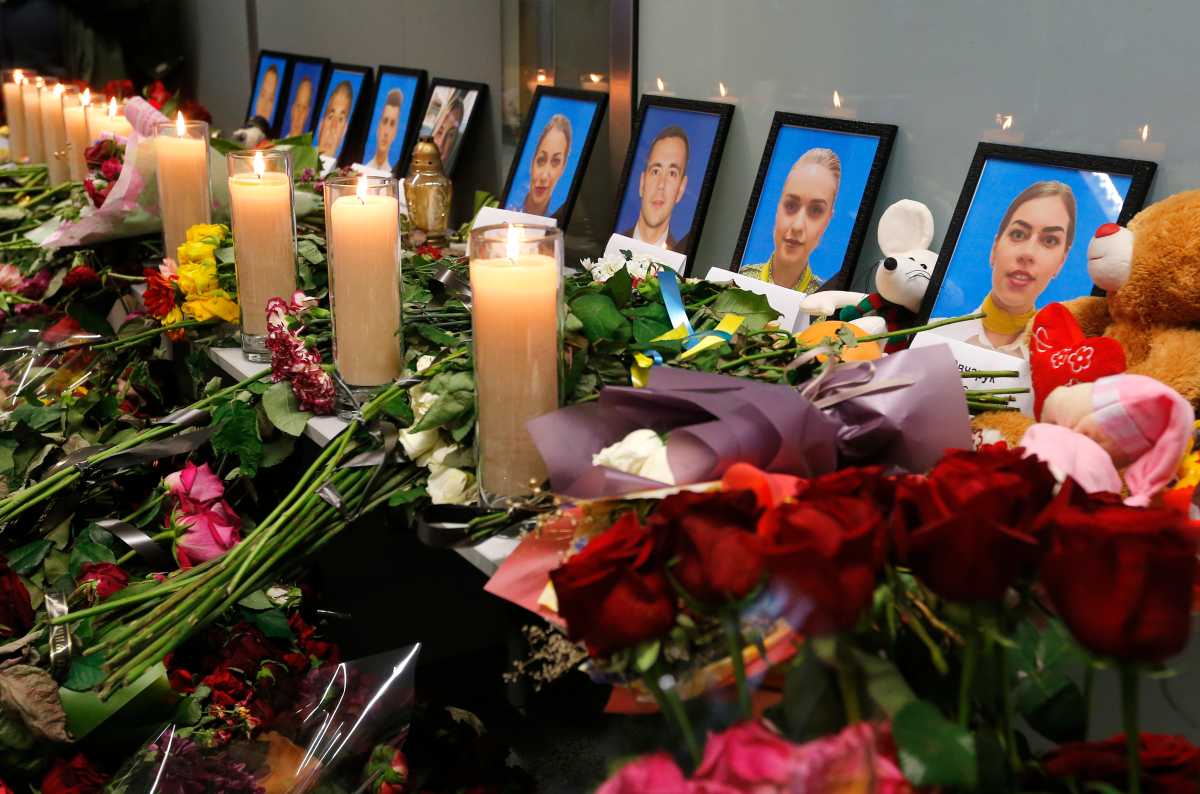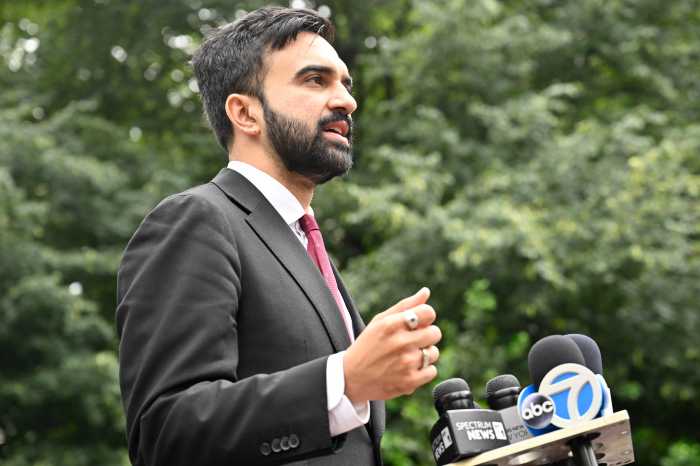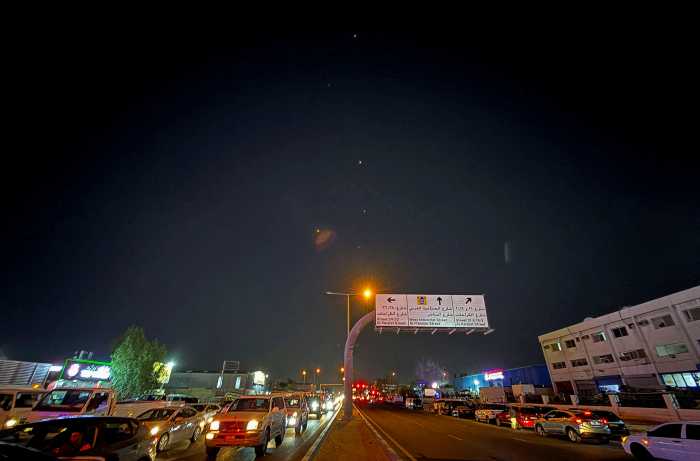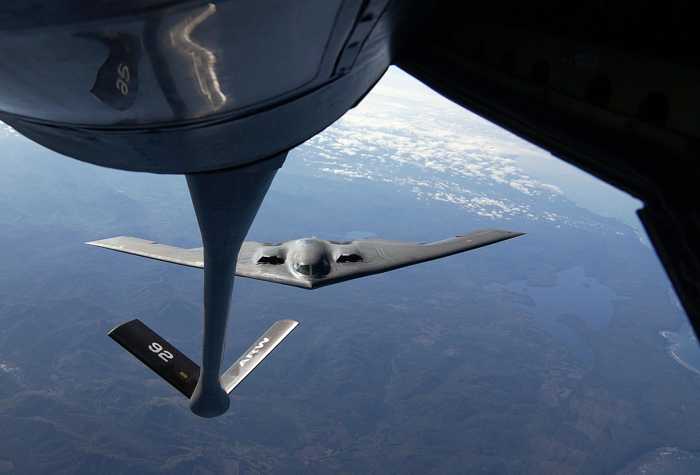BY JON GAMBRELL
Iran’s acknowledgement that it shot down a Ukrainian airliner, killing 176 people, raised new questions Saturday about transparency in the Islamic Republic and what led to the downing of the commercial flight.
While its paramilitary Revolutionary Guard took responsibility, a commander also claimed it warned Tehran to close off its airspace amid fears of U.S. retaliation over Iran launching ballistic missiles at Iraqi bases housing U.S. forces.
The same Guard commander also said he raised the possibility to his superiors that his forces shot down the airplane as early as Wednesday morning. However, Iranian air-crash investigators, government officials and diplomats all denied for days afterward that a missile downed the Boeing 737 operated by Ukrainian International Airlines out of Tehran’s Imam Khomeini International Airport.
“There has been no missile launched in that area at that time,” said Hamid Baeidinejad, Iranian ambassador to the United Kingdom, in an interview Friday with Sky News, calling further questions on the allegation “absolutely unacceptable.”
Then the story changed early Saturday morning, with Iran’s general staff of its armed forces saying the flight had been “targeted unintentionally due to human error.”
Baeidinejad later apologized on Twitter.
“In my statement yesterday to the UK media, I conveyed the official findings of responsible authorities in my country that missile could not be fired and hit the Ukrainian plane at that period of time,” he wrote. “I … regret for conveying such wrong findings.”
But even in acknowledging the shootdown, an army statement and the Guard later claimed the attack raised the question of who knew of the attack and at what time. Gen. Amir Ali Hajizadeh of the Guard’s aerospace program said he told his superior on Wednesday that “the simultaneous occurrence of the launch and crash was suspicious.”
Hajizadeh’s immediate superior would be the Guard’s top commander, Gen. Hossein Salami. Ultimately, the Guard answers solely to Supreme Leader Ayatollah Ali Khamenei, who only Saturday acknowledged the missile strike, citing a report by Iran’s conventional armed forces.
Yet even the army statement itself raises questions, as it said the flight moved “very close to a sensitive military spot” belonging to the Guard.
“The altitude and the direction of the flight’s movement were like an enemy target, so the aircraft was targeted unintentionally due to human error,” the statement read.
Yet flight data for every Ukrainian International Airlines flight out of Tehran since early November show Wednesday’s flight followed a similar altitude and flight path, according to flight-tracking website FlightRadar24. Planes leaving Imam Khomeini airport routinely take off going west as the Ukrainian flight did.
Hajizadeh said the troops at the anti-aircraft battery mistook the flight for a cruise missile, though the plane was moving at just over 500 kmh (310 mph). Cruise missiles travel at faster speeds. He also said the missile batter’s crew had “only 10 seconds” to make a decision and their radios were jammed, something he didn’t elaborate on. Iran routinely jams satellite and other signals.
Nine other flights flew out of the airport early Wednesday morning before the Ukrainian airliner as well without encountering trouble. Hajizadeh said the Guard suggested Tehran should close its airspace as its had “prepared ourselves for an all-out conflict” with the U.S., though officials took no action.
Analysts have questioned the decision in the days after the shootdown.
“The first thing a country should do in case of escalation of the military conflict is to close the sky for civilian flights,” said retired Ukrainian Gen. Ihor Romanenko, a military analyst. “But this entails serious financial losses, fines and forfeits, therefore a cynical approach prevailed in Iran.”
Hajizadeh’s comments also suggest the Revolutionary Guard has resumed using a missile-testing base in Bidgeneh, the location of the anti-aircraft battery that fired on the plane. An explosion at the base in 2011 killed 17 people, including one of the top commanders in Iran’s ballistic missile program, Brig. Gen. Hassan Tehrani Moghaddam.
The Guard has wide autonomy in Iran. It prides itself on its aggressive posture, whether having tense encounters with the U.S. Navy in the Persian Gulf or shooting down a U.S. military surveillance drone last summer. Concerns about that aggression saw the U.S. Federal Aviation Administration reissue a warning about flying over Iran just days before the shootdown, warning that “misidentification” remained a risk.
And while the U.S. had struck days earlier, killing Iranian Guard Gen. Qassem Soleimani in a drone strike in Baghdad, it did not retaliate the night of the ballistic missile strikes. However, that did not stop Iranian officials like Foreign Minister Mohammad Javad Zarif and others who sought to try to blame “U.S. adventurism” for Iran shooting down the airplane.
Associated Press writer Yuras Karmanau contributed to this report.





































